Ultrasonic level transmitters are widely used in industrial process monitoring due to their non-contact measurement and robust adaptability. Among them, four-wire and two-wire ultrasonic level transmitters are two common types, each with distinct characteristics in wiring design, measurement performance, functionality, and cost-effectiveness. This article provides a comprehensive comparison to help users make informed selection decisions based on their actual working conditions.
1. Wiring Configuration and Power Supply Design
Wiring Structure
Four-Wire Type: Power and signal lines are independent. Typically, two wires are used for power supply (e.g., 220VAC or 24VDC), and two for signal output (e.g., 4–20mA). The isolation between power and signal circuits effectively reduces electromagnetic interference.
Two-Wire Type: Power and signal share the same circuit. Only two wires are required for both power supply and signal transmission, greatly simplifying the wiring process.
Power Supply Flexibility
Four-Wire devices support flexible power configurations, such as 220V AC or 24V DC. Circuit isolation improves noise immunity.
Two-Wire transmitters generally rely on 24V DC, and the combined signal/power path may limit power output, making the device less suitable for high-power or long-distance transmission.
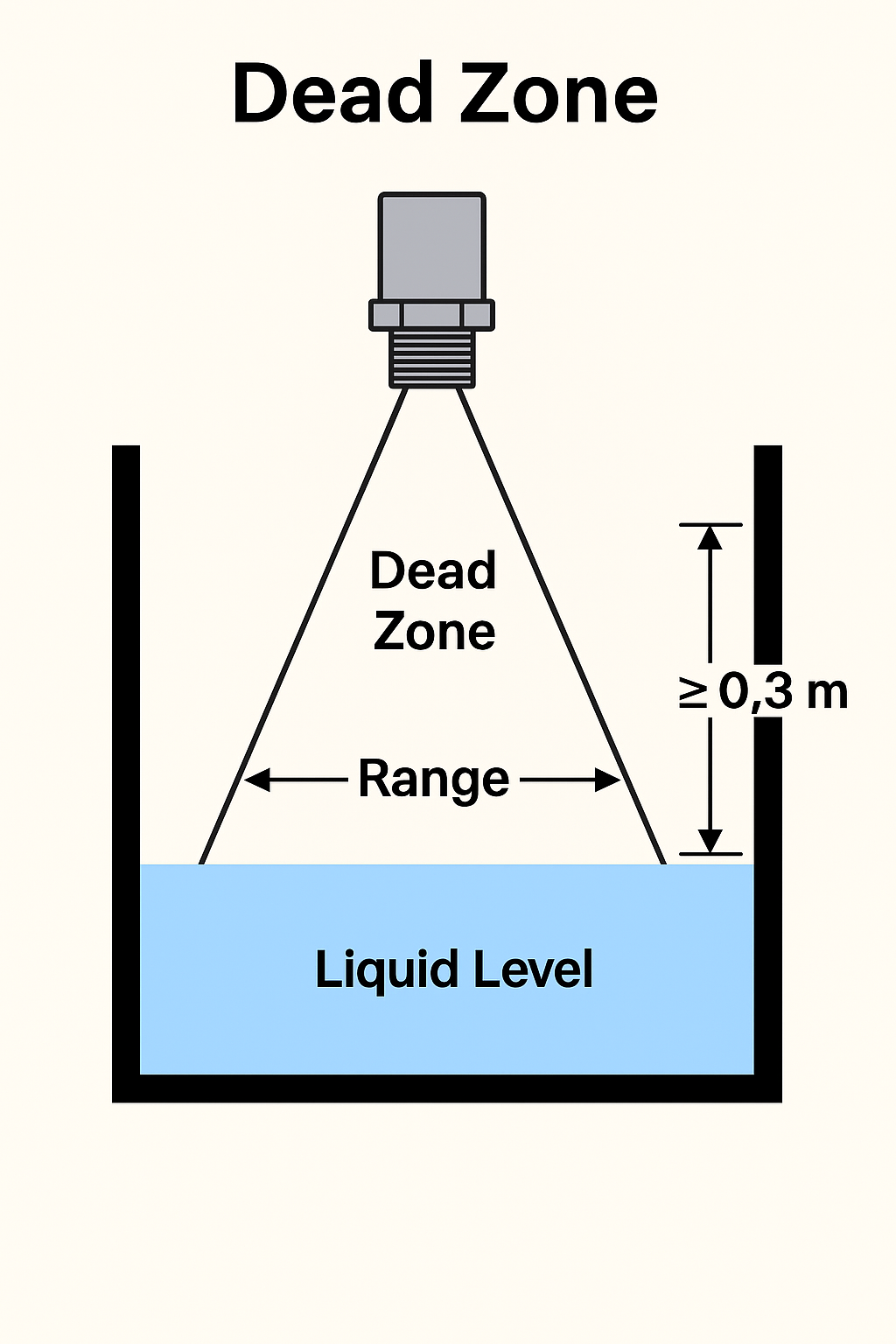
2. Operating Principle and Measurement Performance
Ultrasonic Emission Mechanism
Four-Wire: Based on the echo reflection principle. It emits ultrasonic pulses and measures the time difference between emission and echo to calculate level. Accuracy can reach ±0.3%.
Two-Wire: Often utilizes resonant frequency shift technology, where the frequency change of the transducer correlates to liquid level. Accuracy is lower, typically around ±1%.
Anti-Interference Capability
Four-Wire devices offer superior anti-interference performance due to isolated circuits. They remain stable under harsh conditions such as steam, foam, or electromagnetic noise.
Two-Wire systems may suffer signal degradation or misreadings in volatile or unstable environments, such as those with alcohol vapors or fluctuating liquid surfaces.
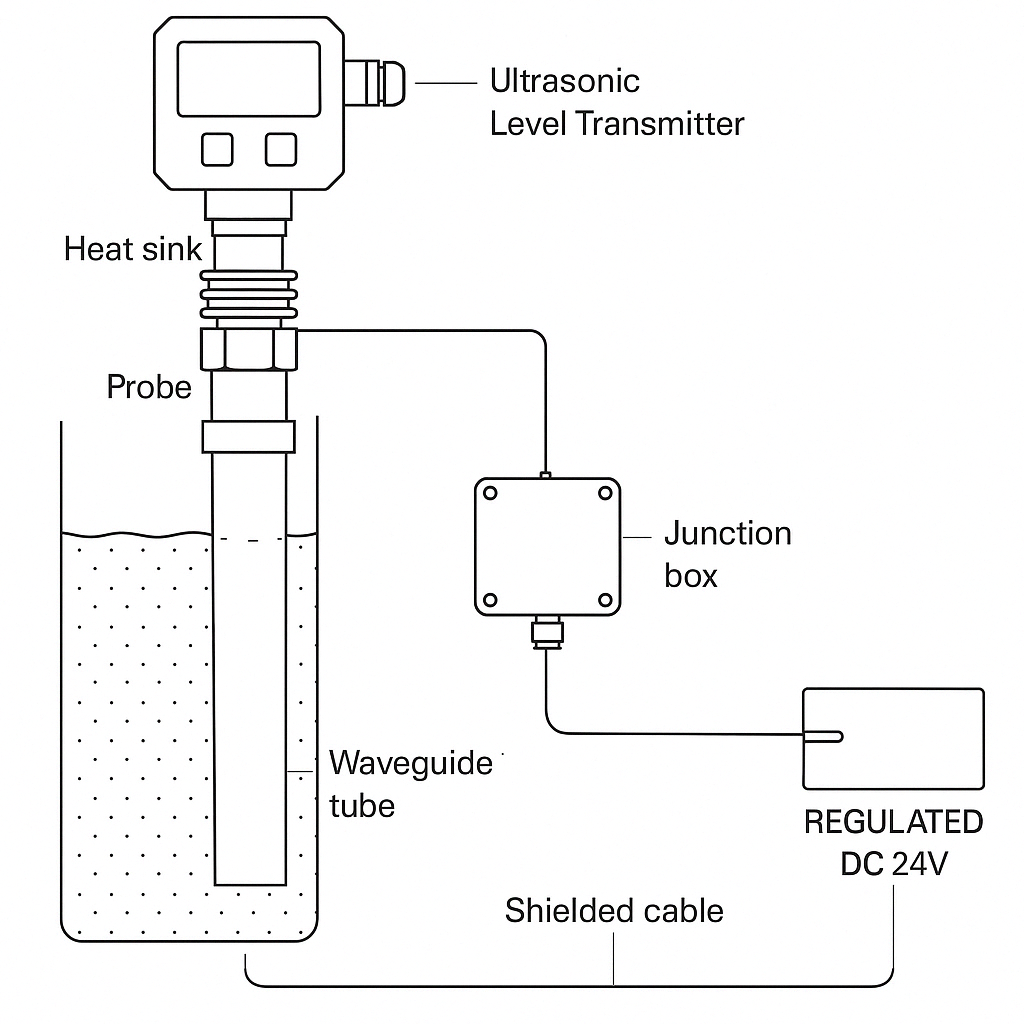
3. Functionality and Application Scenarios
Function Expansion
Four-Wire: Supports relay outputs (for high/low-level alarms), RS485 communication, and Modbus protocol, allowing integration with PLC, SCADA, and other industrial control systems.
Two-Wire: Typically limited to basic 4–20mA analog output, without native support for alarms or digital communication.
Typical Applications
Four-Wire:
Petrochemical: Crude oil tanks, reactors requiring explosion-proof certification (Ex d IIC T6 Gb).
Wastewater Treatment: Foam-prone or vapor-rich environments such as pump stations and clarifiers.
Two-Wire:
Food & Beverage: Clean and low-interference tanks like milk or juice vessels.
Compact Tanks: Cost-sensitive applications such as small water storage or firefighting tanks.
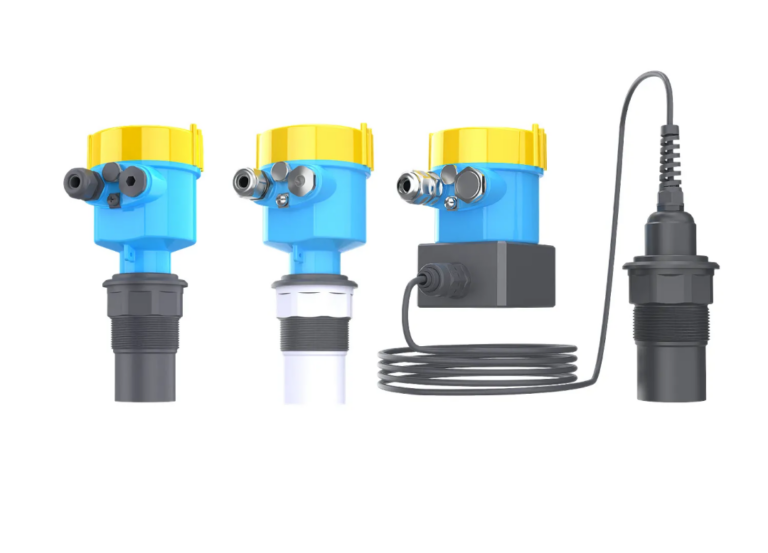
4. Installation, Maintenance, and Cost Considerations
Installation Complexity
Four-Wire requires separate cable routing for power and signal. Cable length should be within 60 meters, with proper grounding to prevent interference.
Two-Wire installations are simpler and cost-effective, especially suitable for tight spaces or remote monitoring sites.
Maintenance Requirements
Four-Wire systems need periodic checks on cable shielding and grounding, typically every 3–6 months.
Two-Wire units require less frequent maintenance but should avoid installation in environments with strong level fluctuations to prevent resonance errors.
Economic Comparison
Four-Wire transmitters are generally 30–50% more expensive than two-wire ones but offer greater long-term reliability, especially in demanding applications.
Two-Wire options are more budget-friendly, ideal for low-risk, small-scale setups.
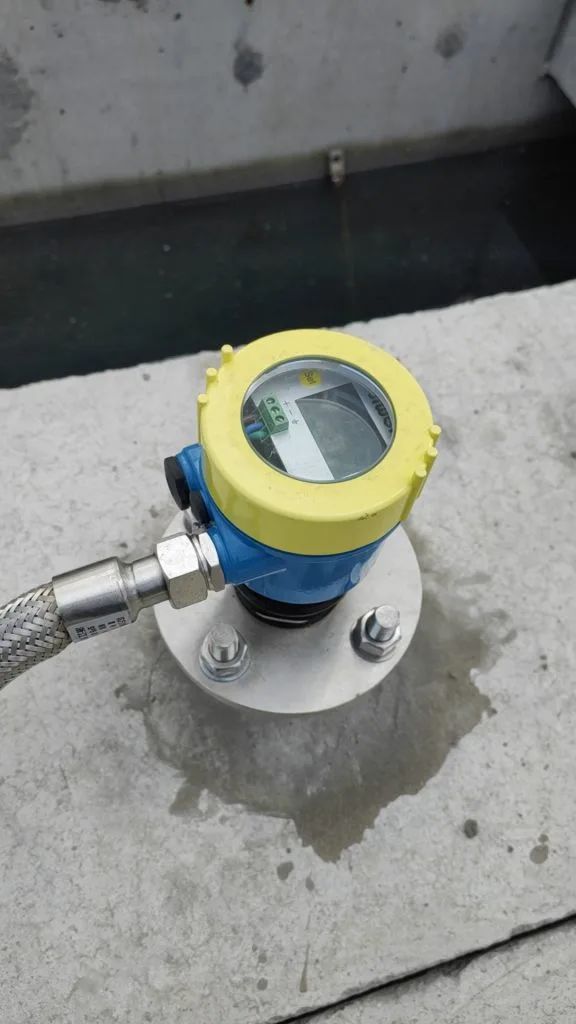
5. Environmental Adaptability
| Parameter | Four-Wire | Two-Wire |
|---|---|---|
| Operating Temperature | -40°C to +80°C (up to 150°C with remote probe) | -20°C to +60°C |
| Ingress Protection | IP66/IP67 (water & dust-proof) | IP65 (basic protection) |
| Medium Compatibility | Suitable for strong acids (≤40%), strong alkalis, viscous liquids | Suitable for weak acids/alkalis, water, and low-corrosive fluids |
| Vibration Resistance | Designed for high-vibration environments with proper mounting | Recommended for low-vibration settings |
6. Selection Recommendations
Prefer Four-Wire Models When:
Explosion-proof certification is required (e.g., oil refineries, chemical plants).
The medium surface is unstable or features vapor/foam (e.g., fermentation tanks, wastewater basins).
High precision (≤±2mm) or multiple functions (e.g., alarms, digital comms) are needed.
Prefer Two-Wire Models When:
Budget is limited, and the environment is simple (e.g., clean water tanks).
Space is restricted, or fast deployment is necessary (e.g., mobile or temporary setups).
Only basic level output is needed, without complex integration.
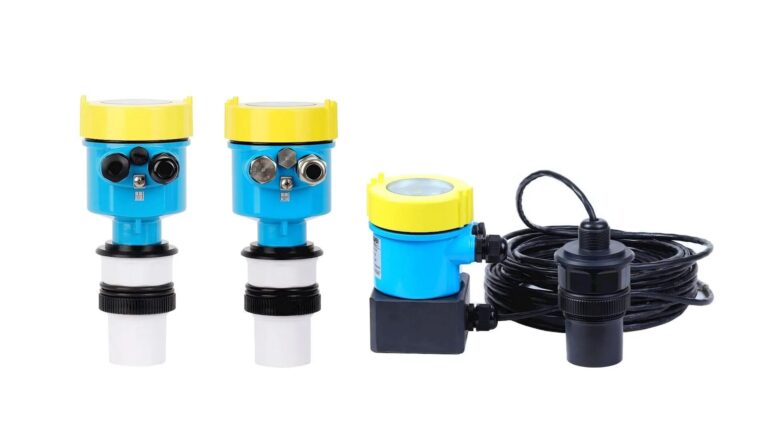
Conclusion
The choice between four-wire and two-wire ultrasonic level transmitters depends on a range of factors including application complexity, measurement accuracy, environmental conditions, and budget. While four-wire devices offer robust performance and expandability, two-wire models provide simplicity and cost-efficiency. A comprehensive understanding of these differences is essential for optimal sensor selection in industrial automation projects.
